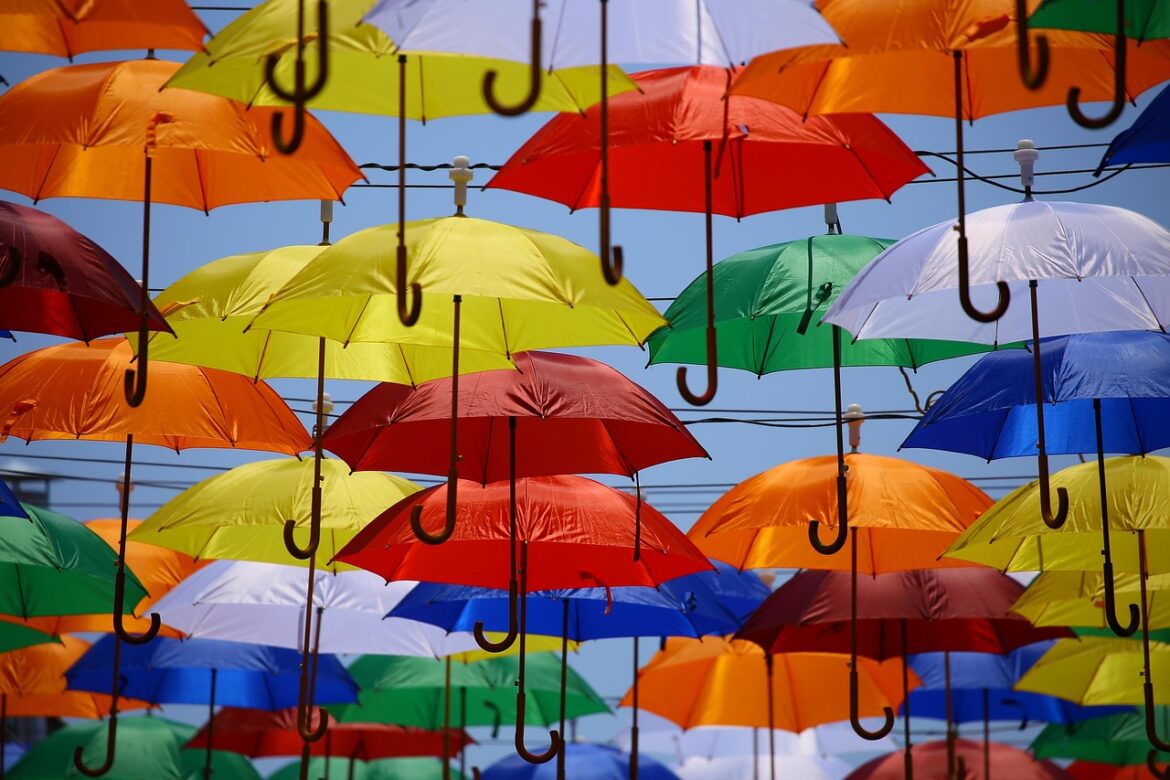In today’s digital age, digital transformation is not just about technology; it’s a cultural shift in how we create, interact, and innovate. The arts sector is no exception, witnessing a profound evolution in how art is created, perceived, and shared. Let’s dive into some of the most significant trends shaping the digital arts landscape.
1. AI in Art
Artificial intelligence (AI) is revolutionizing the art world by enabling new forms of creativity. AI-assisted artwork is becoming increasingly popular, as it allows artists to explore uncharted territories in digital art. For instance, AI can generate art, from paintings to sculptures, that was previously unimaginable. This technology has raised questions about authorship and creativity, yet it has opened doors for artists to push boundaries and explore new mediums.
2. Digital Embellishment
April Lytle and Scodix are pioneering the integration of digital embellishment in print art. This trend involves adding ultra-fine polymer details to prints, enhancing their luxury and inclusivity. The focus is on accessibility-driven design, making art more immersive and interactive for a broader audience. This technology is changing how we experience art, making it more tactile and engaging.
3. Immersive Digital Experiences
Digital art is evolving to include immersive experiences that invite the viewer to participate actively. Using technologies like augmented reality (AR) and virtual reality (VR), artists are creating interactive installations that allow viewers to step into the artwork itself. This shift is democratizing art, making it accessible to a global audience through digital platforms.
4. Cross-Functional Innovation
Design teams are increasingly focusing on cross-functional innovation to drive business success. By aligning design initiatives with measurable business outcomes, teams can enhance customer and employee experiences. This involves using data-driven storytelling to articulate the value of design in achieving core business goals. It’s a shift from mere aesthetic outputs to strategic involvement in business strategy.
5. Cloud Adoption in Creative Industries
Cloud technologies are transforming the creative industries, including digital arts, by providing unparalleled flexibility and scalability. Cloud-based solutions like Microsoft Azure enable artists to collaborate globally and scale their projects efficiently. This trend is crucial for artists who need to work seamlessly across different locations and devices, ensuring that their creative processes remain uninterrupted and productive.
These trends highlight how digital transformation is redefining the arts, making them more accessible, interactive, and innovative. As technology continues to evolve, the future of digital arts looks promising, with endless possibilities for creativity and expression.
References:
- https://www.architectureandgovernance.com/app-tech/digital-transformation-expert-discusses-trends/
- https://whattheythink.com/articles/124034-taktiful-tuesdays-how-april-lytle-scodix-are-elevating-art-digital-embellishment/
- https://4sight.cloud/blog/the-future-of-channel-partnerships-trends-for-2025-and-beyond
- https://www.searchengineinsight.com/what-digital-transformation-really-means/
- https://appinventiv.com/blog/ai-trends/
- https://www.seattle.gov/arts/opportunities/other-opportunities
- https://aquent.com/blog/is-your-design-team-proving-its-value-in-2025
- https://www.thegoodinvestors.sg/author/serjing/



